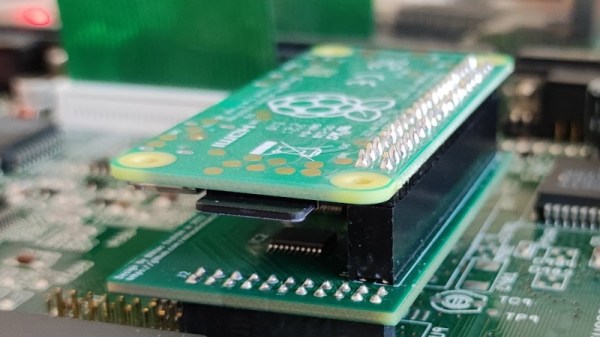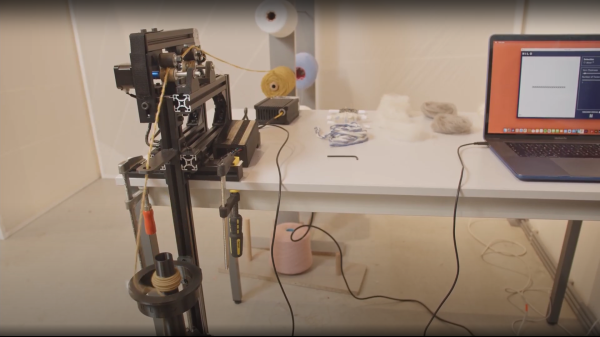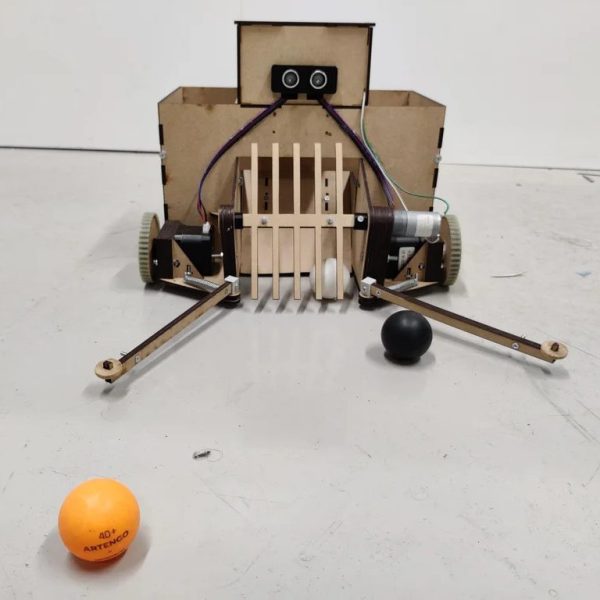The retrocomputer enthusiast has increasingly to grapple with not only runaway computer prices but the astronomical cost of vintage peripherals. A welcome solution in some cases comes from the Raspberry Pi, which has proved itself fast enough to emulate those add-ons for a lot less outlay. A good one comes from [], who’s made a Pi-based network adapter for the Commodore Amiga 1200. Better still it doesn’t hog the main expansion port or the PCMCIA slot, instead it sits on the 1200’s rarely-used real-time-clock port. Software wise it uses an updated version of his earlier project for the Amiga 500. It provides access to the Pi command prompt, as well as a SANA driver and a mounted filesystem.
While many of us view the Amiga from 2023 as a retro gaming platform, for those of us who used it at the time it was a desktop productivity machine on a more affordable budget than the Macintosh. At the time the thought of having a UNIX-like operating system running on a super-powerful co-processor in your Amiga would have been beyond our wildest dreams, but whether it provides enough now to make a 1992 machine compete on the desktop is debatable. Who wants to run Firefox from the Pi in an X server on the Amiga?


















